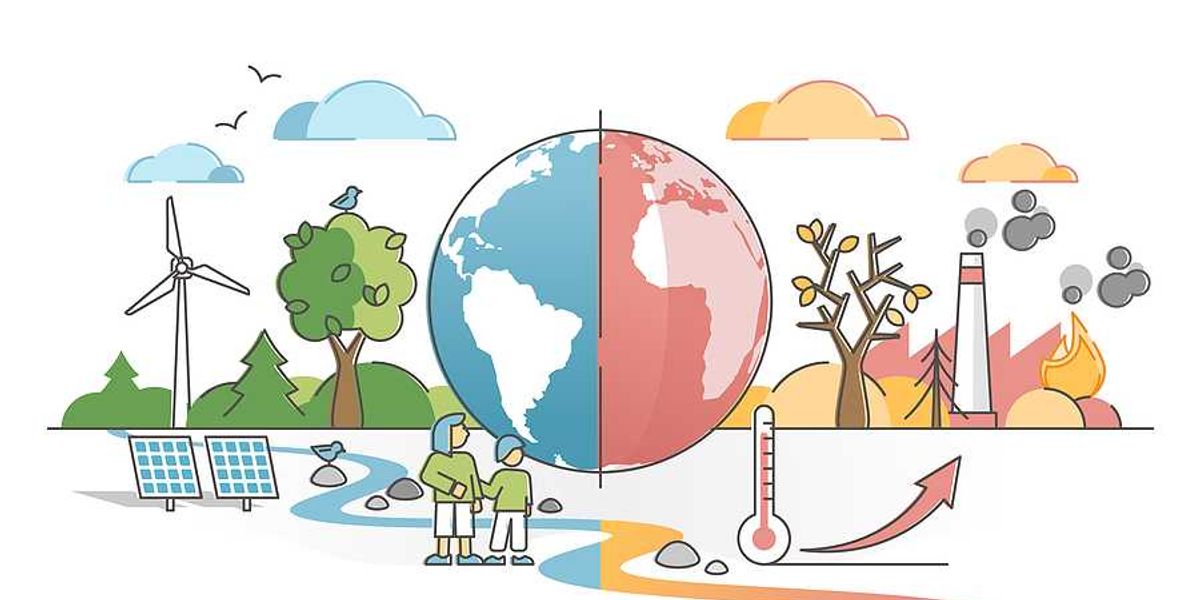US regulators weigh risks to power grid after Europe’s blackout reveals weak spots
A sweeping power failure in Spain and Portugal has spurred U.S. energy regulators to examine vulnerabilities in the American grid as climate stress and renewables reshape the system.
Peter Behr reports for E&E News.
In short:
- A large-scale blackout in Spain and Portugal in April was triggered by a cascade of engineering failures, including inadequate voltage control, affecting both renewable and fossil fuel power plants.
- U.S. grid officials say the American system has stronger voltage support requirements for renewables, but gaps remain, including the absence of mandatory low-voltage ride-through capabilities for all solar installations.
- Experts warn that rising electricity demand, a changing energy mix, and limited grid interconnections leave parts of the U.S. vulnerable to a similar chain-reaction failure.
Key quote:
“It’s so important that we look holistically at all the resources on the grid today and identify whether there are any gaps in our bulk power system reliability standards that would prevent a similar incident from occurring.”
— David Rosner, commissioner of the Federal Energy Regulatory Commission
Why this matters:
The U.S. power grid is facing mounting pressure from intensifying heat waves, surging demand from electric vehicles and data centers, and a transition to cleaner energy sources. As fossil fuel plants retire and solar and wind play a larger role, grid stability depends on seamless coordination between many power sources — each with different technical traits. A single breakdown in voltage support or poor coordination can rapidly spiral into massive outages, as shown in Europe. With the U.S. experiencing more extreme weather, weak links in grid operations raise the risk of blackouts, threatening public health, emergency response, and critical infrastructure, especially in underserved communities.
Read more: How fragile power grids and extreme weather combined to cause Europe’s biggest blackout in decades













